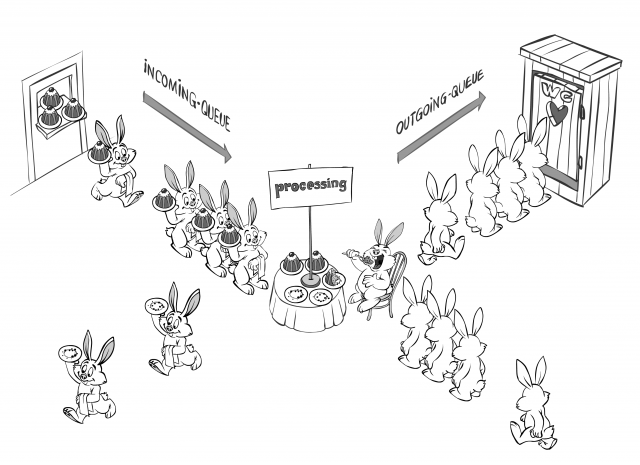The email sent will contain a link to this article, the article title, and an article excerpt (if available). For security reasons, your IP address will also be included in the sent email.

This article originally appeared on ITHare.com. It's one article from an excellent series of articles: Part I. Client Side; Part IIa. Protocols and APIs; Part IIb; Protocols and APIs; Part IIIb. Server-Side (deployment, optimizations, and testing); Part IV. Great TCP-vs-UDP Debate; Part V. UDP; Part VI. TCP.
In Part III of the article, we’ll discuss issues specific to server-side, as well as certain DO’s and DON’Ts related to system testing. Due to the size, part III has been split, and in this part IIIa we’ll concentrate on the issues related to Store-Process-and-Forward architecture.
18. DO consider Event-Driven programming model for Server Side too
As discussed above (see item #1 in Part I), the event-driven programming is a must for the client side; in addition, it also comes handy on the server side. Having multi-threaded logic is still a nightmare for the server-side [NoBugs2010], and keeping logic single-threaded simplifies development a lot. Whether to think that multi-threaded game logic is normal, and single-threaded logic is a big improvement, or to think that single-threaded game logic is normal, and multi-threaded logic is a nightmare – is up to you. What is clear is that if you can keep your game logic single-threaded – you’ll be very happy compared to the multi-threaded alternative.
However, unlike the client-side where performance and scalability rarely pose problems, on the server side where you need to serve hundreds of thousands of players, they become really (or, if your project is successful, “really really”) important. I know two ways of handling performance/scalability for games, while keeping logic single-threaded.
18a. Off-loading














 Return to Article
Return to Article